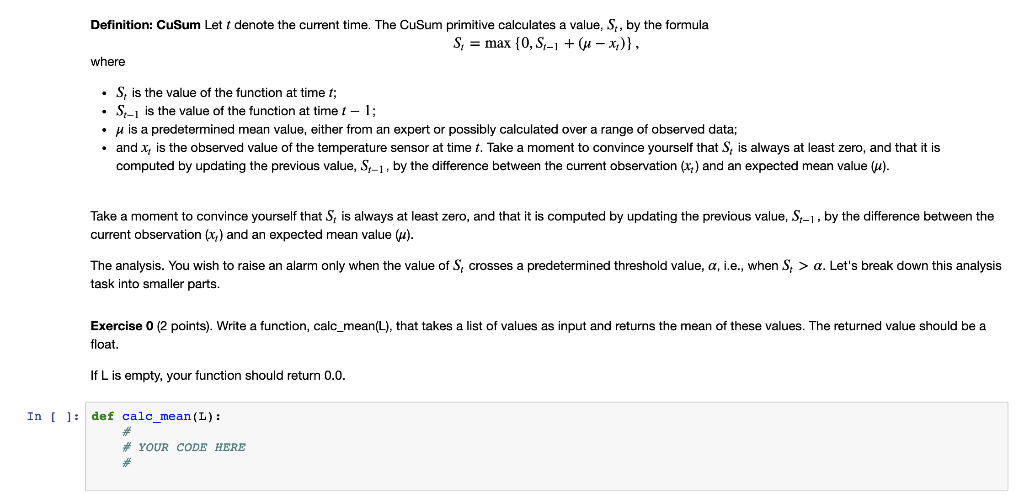Answered step by step
Verified Expert Solution
Question
1 Approved Answer
Definition: CuSum Let t denote the current time. The CuSum primitive calculates a value, S, by the formula S, = max {0, S,-it (1-z)), where

Step by Step Solution
There are 3 Steps involved in it
Step: 1

Get Instant Access to Expert-Tailored Solutions
See step-by-step solutions with expert insights and AI powered tools for academic success
Step: 2

Step: 3

Ace Your Homework with AI
Get the answers you need in no time with our AI-driven, step-by-step assistance
Get Started


